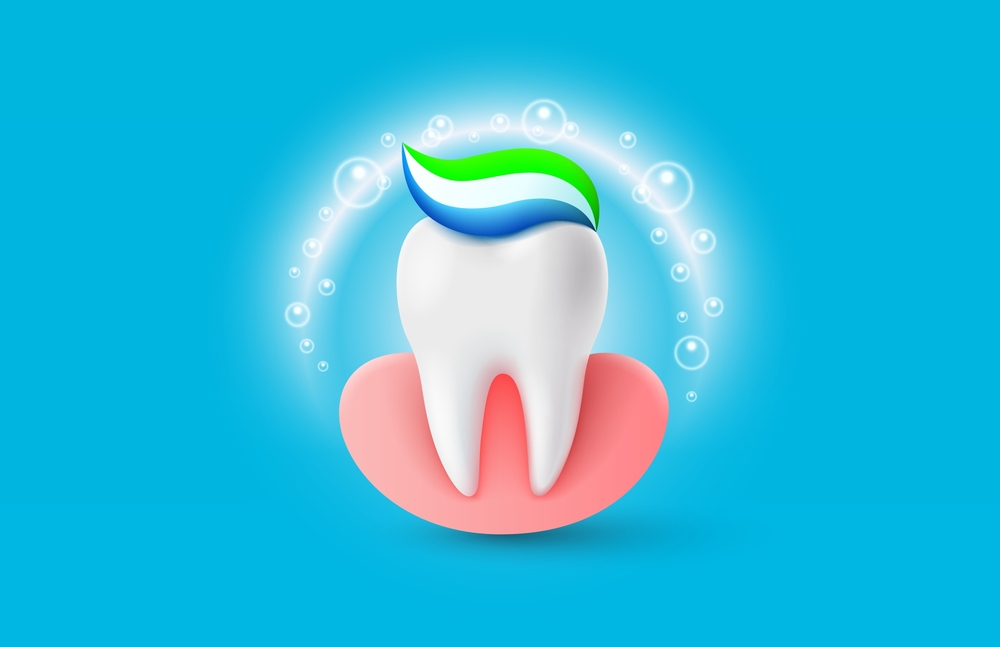Choosing the right toothpaste is more important than simply picking a product off the shelf. With so many options available, it’s crucial to select one that addresses your specific oral health needs. Whether you’re looking to whiten your teeth, protect against cavities, or reduce tooth sensitivity, the right toothpaste can help you achieve optimal oral health. In this article, we’ll explore the different types of toothpaste available and how to choose the best one for your needs.
Types of Toothpaste and Their Benefits
There are various types of toothpaste, each formulated to address specific oral health concerns. Understanding the benefits of each type will help you make an informed choice.
Whitening Toothpaste
Whitening toothpaste is designed to remove surface stains caused by coffee, tea, and other staining foods. It contains mild abrasives that polish the teeth and remove the stain layer without damaging the enamel. Some whitening toothpastes also contain peroxide, which helps bleach the enamel to provide a brighter smile.
Sensitive Toothpaste
Sensitive toothpaste is formulated for people with sensitive teeth. It often contains ingredients like potassium nitrate or strontium chloride, which help block the transmission of pain signals from the surface of the tooth to the nerve. If you experience discomfort when consuming hot, cold, or sweet foods and drinks, sensitive toothpaste can provide relief over time.
Cavity-Preventing Toothpaste
Fluoride is the key ingredient in cavity-prevention toothpaste. Fluoride helps to remineralise weakened enamel, making it stronger and more resistant to decay. For those who are prone to cavities, this type of toothpaste is essential in preventing tooth decay and keeping your teeth healthy.
Tartar-Control Toothpaste
Tartar-control toothpaste helps prevent the buildup of tartar, a hardened form of plaque that can only be removed by a dental professional. These toothpastes contain pyrophosphate or zinc citrate, which can help slow the formation of tartar. Tartar buildup can contribute to gum disease and bad breath, so it’s important to take preventive measures.
Natural Toothpaste
For those seeking a more eco-friendly or chemical-free option, natural toothpaste may be the solution. These toothpastes often use ingredients like baking soda, activated charcoal, or essential oils to clean and freshen your mouth. While they may not contain fluoride, they are a great alternative for those who prefer a natural approach to oral care.

How to Choose Toothpaste Based on Your Needs
For Whitening
If your primary goal is a brighter smile, look for whitening toothpaste that contains mild abrasives or hydrogen peroxide. This will help remove stains from the surface of the teeth and bleach the enamel for a whiter appearance. However, it’s important to avoid overusing whitening toothpaste, as excessive abrasion can damage enamel over time.
For Sensitivity
If you suffer from tooth sensitivity, choose toothpaste specifically formulated for sensitive teeth. Look for ingredients like potassium nitrate or strontium chloride, which work to soothe sensitive nerve endings and reduce pain. It’s also advisable to use a soft-bristled toothbrush and avoid overly hot or cold foods while the toothpaste takes effect.
For Cavity Prevention
Fluoride is an essential ingredient for cavity prevention. If you’re looking to strengthen your enamel and protect against decay, opt for fluoride toothpaste. If you are at a higher risk for cavities, your dentist may recommend a prescription-strength fluoride toothpaste.
For Tartar Control
If you’re prone to tartar buildup, look for a tartar-control toothpaste. These toothpastes contain active ingredients that prevent the hardening of plaque and tartar, helping to keep your gums healthy and preventing the development of gum disease.
Other Considerations When Choosing Toothpaste
Taste and Texture
The taste and texture of toothpaste matter more than you might think. If you enjoy the taste and feel of your toothpaste, you’re more likely to use it consistently. Choose a flavor you enjoy mint, cinnamon, or even fruit so that brushing becomes a pleasant experience.
Brand and Cost
Higher-end toothpaste brands often tout additional benefits, like enamel protection or unique ingredients, but budget-friendly options can provide the same essential benefits. The key is to look for a toothpaste that meets your dental health needs while being comfortable for your budget.
ADA Seal of Approval
Look for the American Dental Association (ADA) Seal of Approval when choosing your toothpaste. The ADA seal ensures that the product has been tested for safety and effectiveness, so you can trust that the toothpaste is doing its job in helping you maintain healthy teeth and gums.
Conclusion
Choosing the right toothpaste is an important step in maintaining good oral hygiene. Whether you need a whitening toothpaste, one for sensitive teeth, or one to fight cavities, there’s a toothpaste for every need. Always make sure to choose a product that aligns with your oral health goals and preferences. And remember, using the right toothpaste, combined with a consistent oral care routine, can help you achieve and maintain a healthy smile for years to come.


